
Co-existence, noun
The state or condition of living in harmony in the same place, despite different origins, ideologies, or interests.
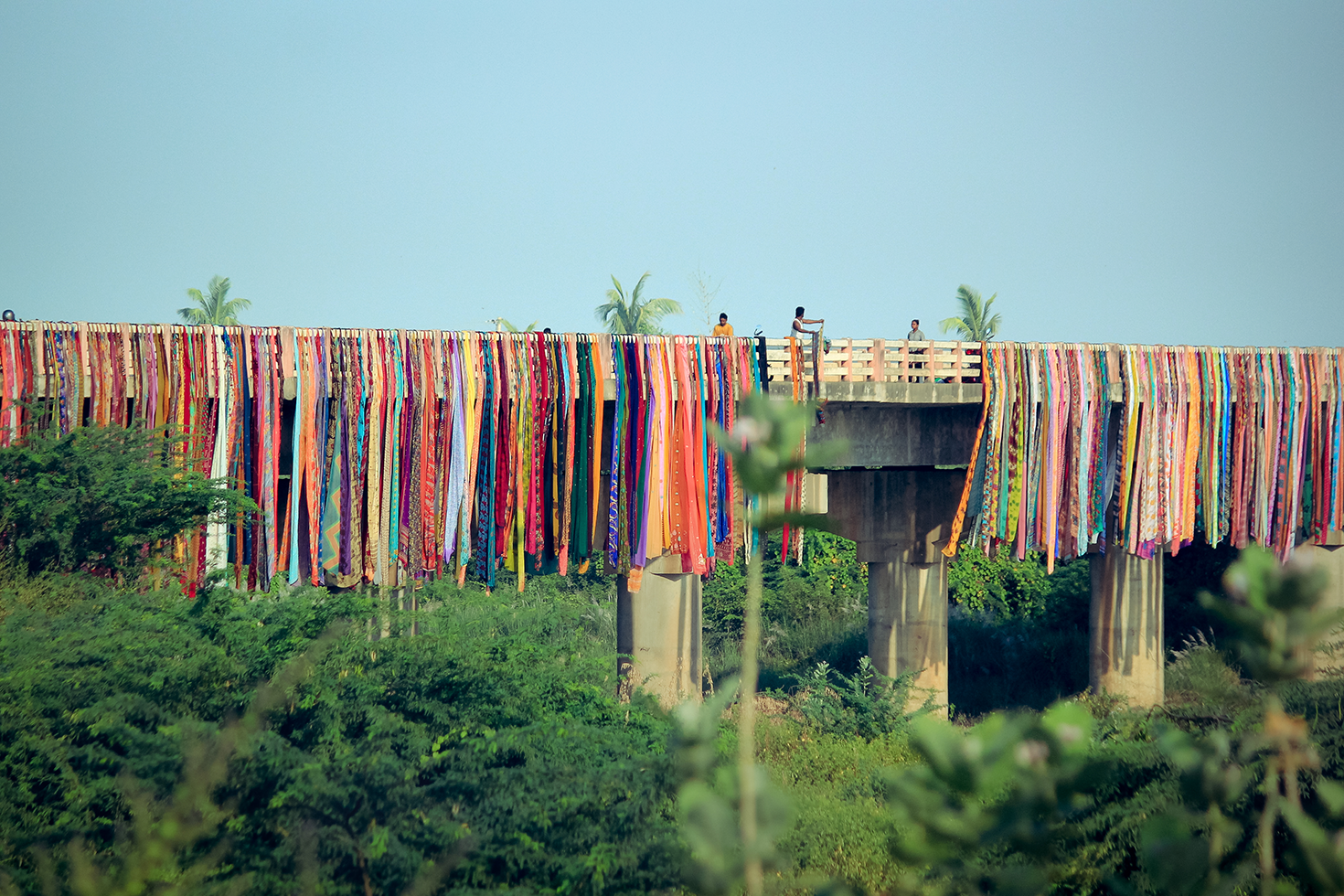
Manner, noun
From the French manière, substantivized use of the adjective meaning “done with one’s hands.”
A notion which reveals a method of execution, or a way of doing, especially with regards to the outward manifestation of an embodied process.

Posture, noun
The word comes from the Latin verb pōnere, which means “to put or place.”
To observe this concept implies an implicit understanding of the carriage of the body as a whole, its approach, attitude, or the positioning of the arms and legs in relation to the object which is being manipulated.

Angle of Repose, noun
The angle of maximum slope at which a heap of any loose solid material will remain in place, without sliding. State of rest.
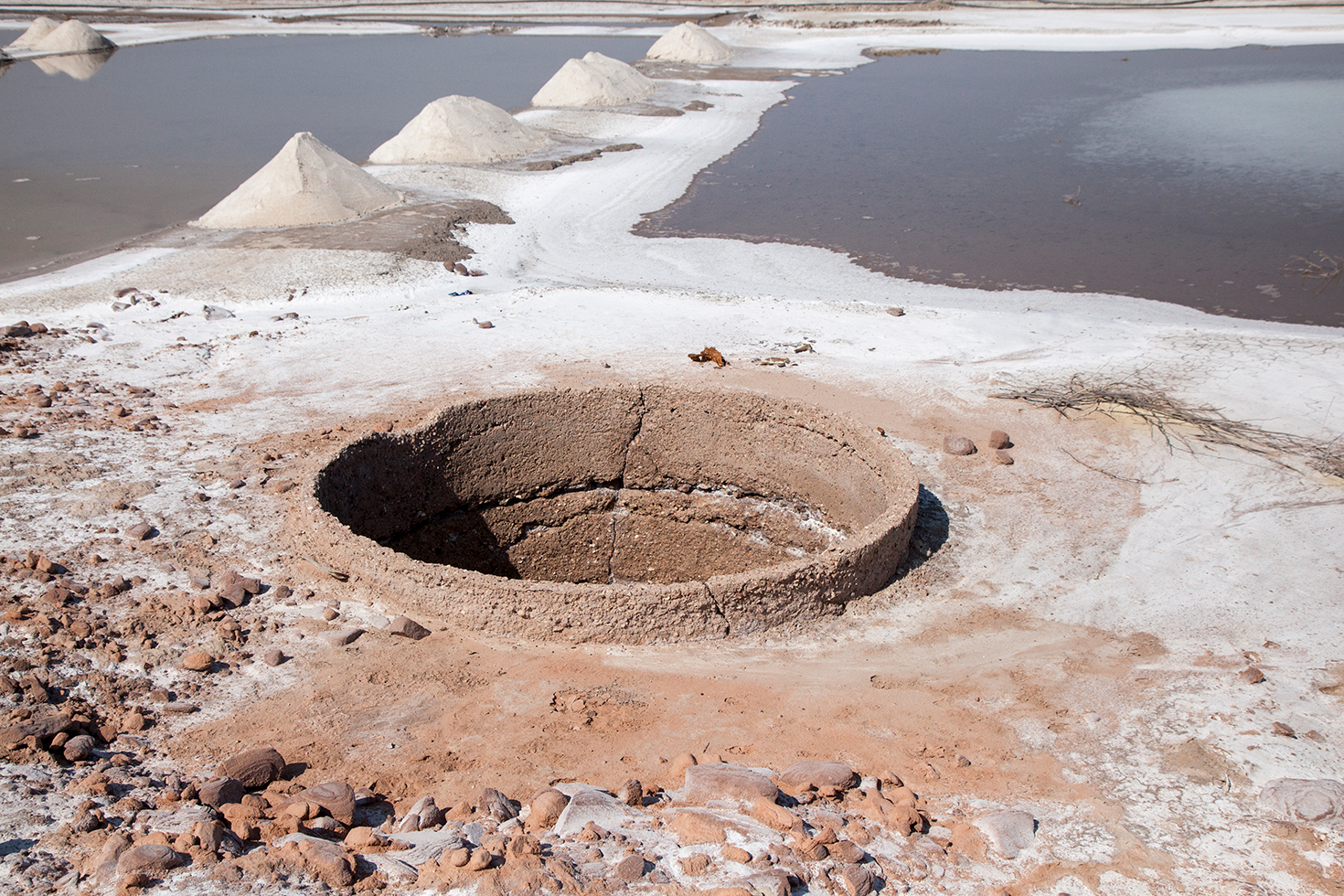
Gravity, noun
The force that attracts a body towards the center of the Earth, or towards any other physical body having mass.
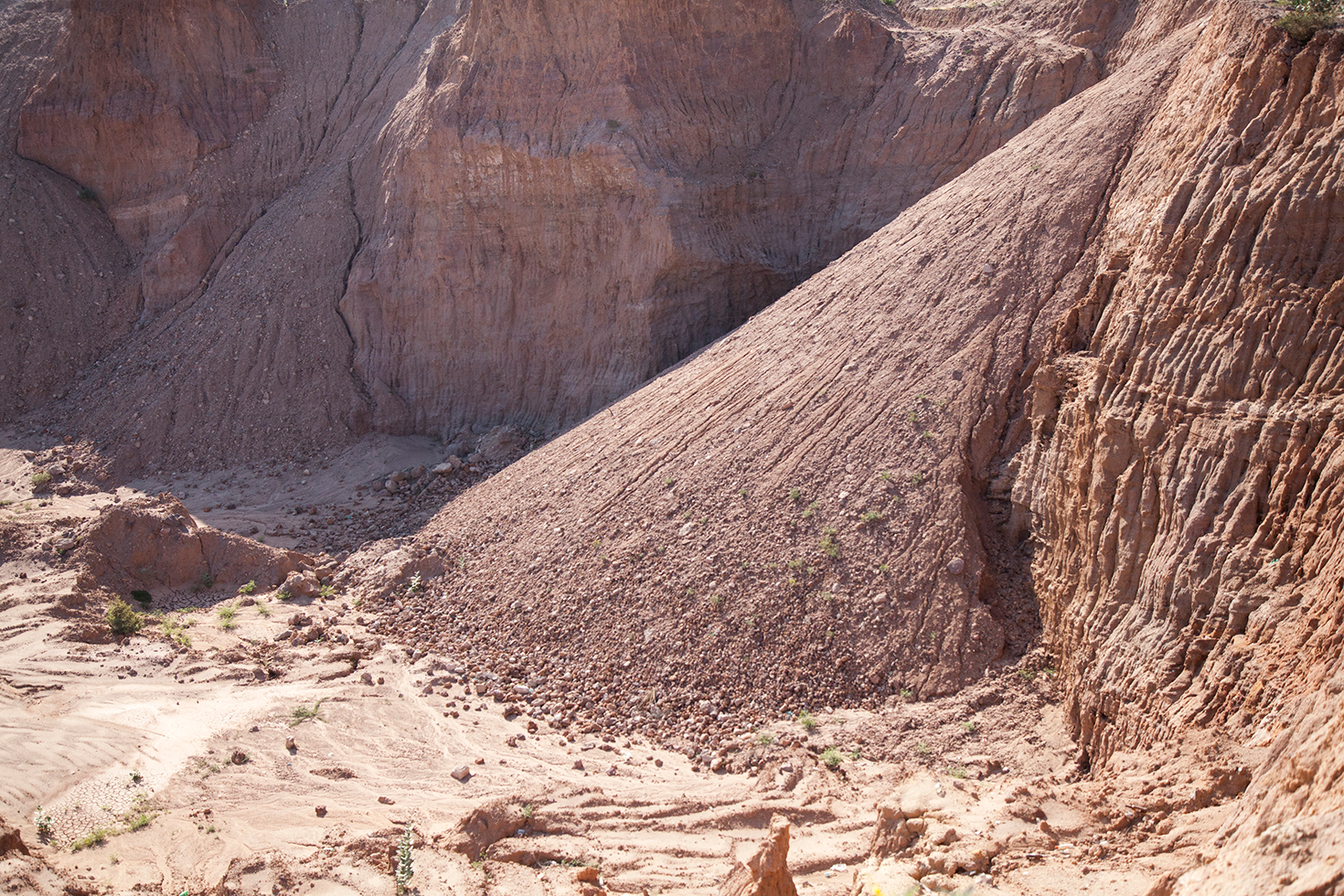
Light, noun
The natural agent that stimulates sight and makes things visible.
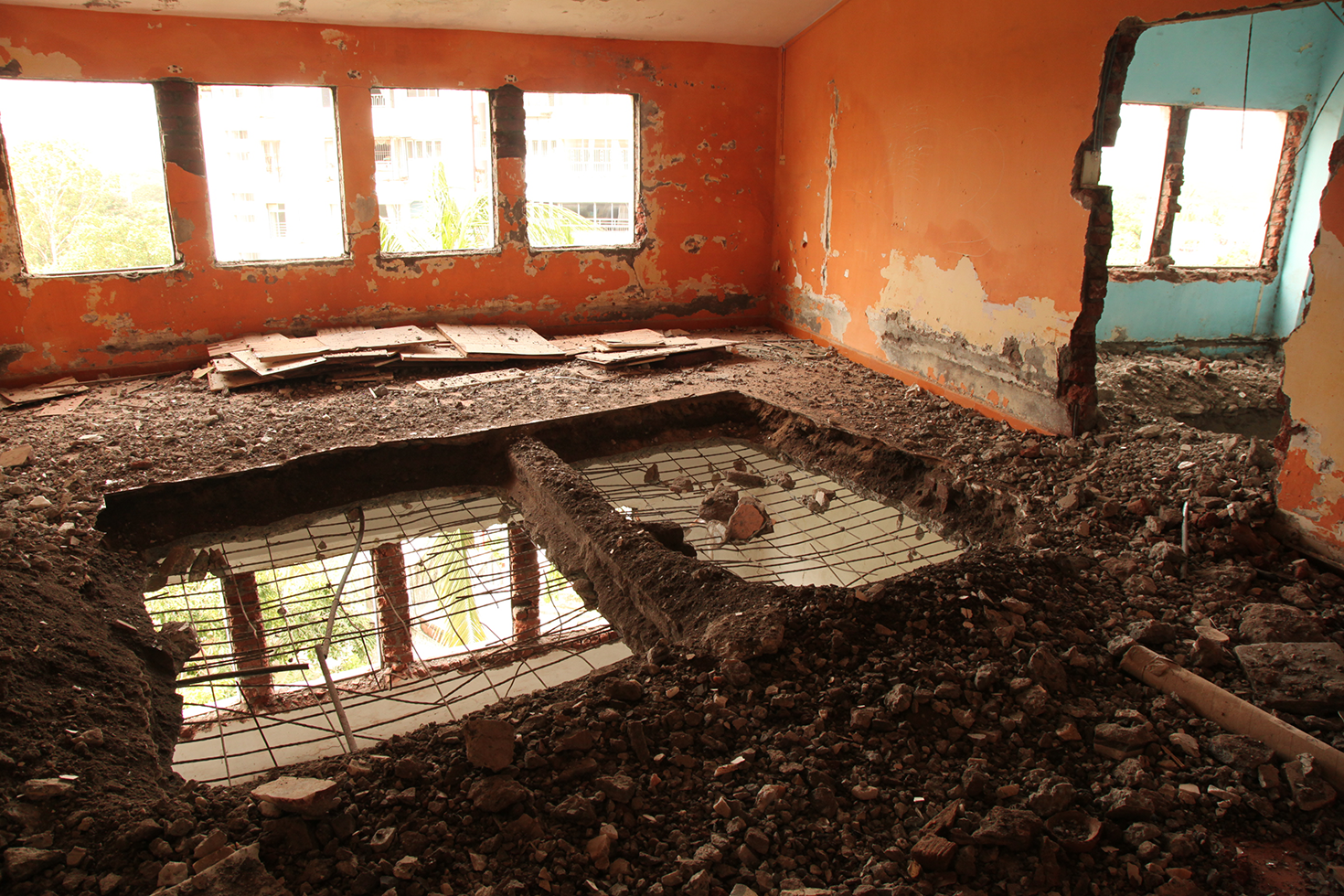
Air, noun
The invisible gaseous substance surrounding the Earth, a mixture mainly of oxygen and nitrogen.
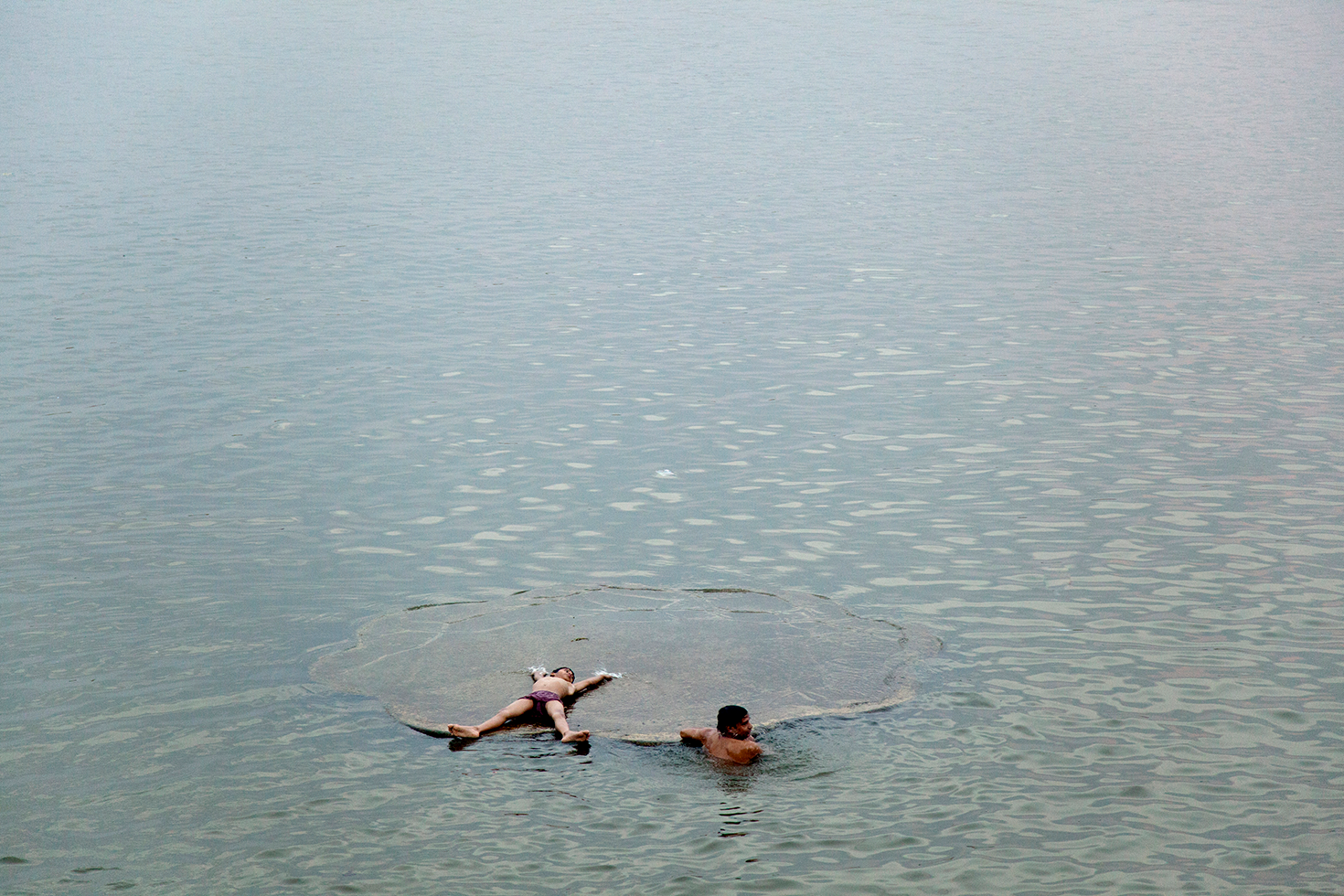
Water, noun
A colorless, transparent, odorless liquid that forms the seas, lakes, rivers, and rain, and is the basis of the fluids of living organisms.
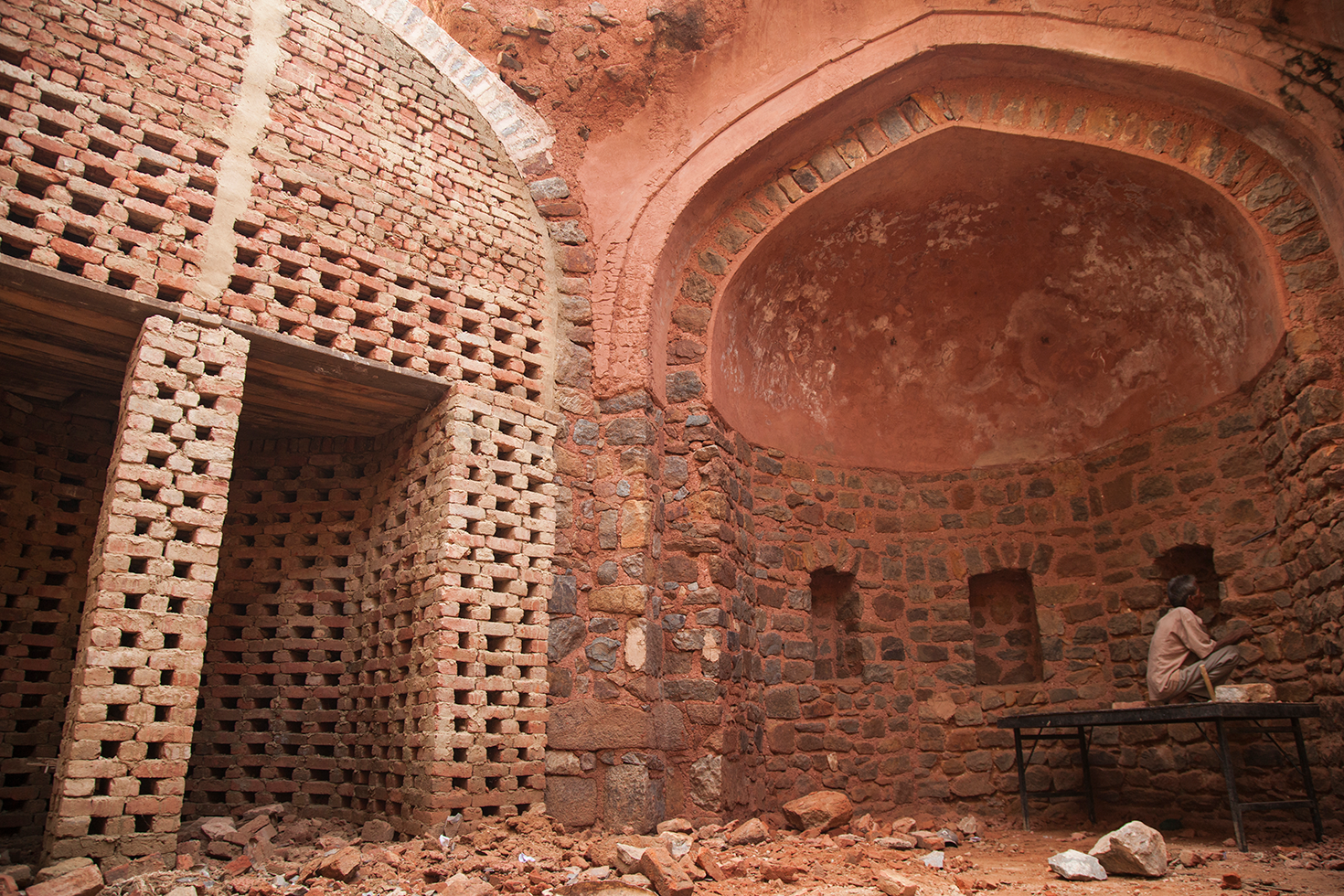
Lore, noun
A body of traditions and knowledge on a subject or held by a particular group, typically passed from person to person by word of mouth.
The space between the eye and the base of the bill of a bird, or between the eye and nostril of a snake.
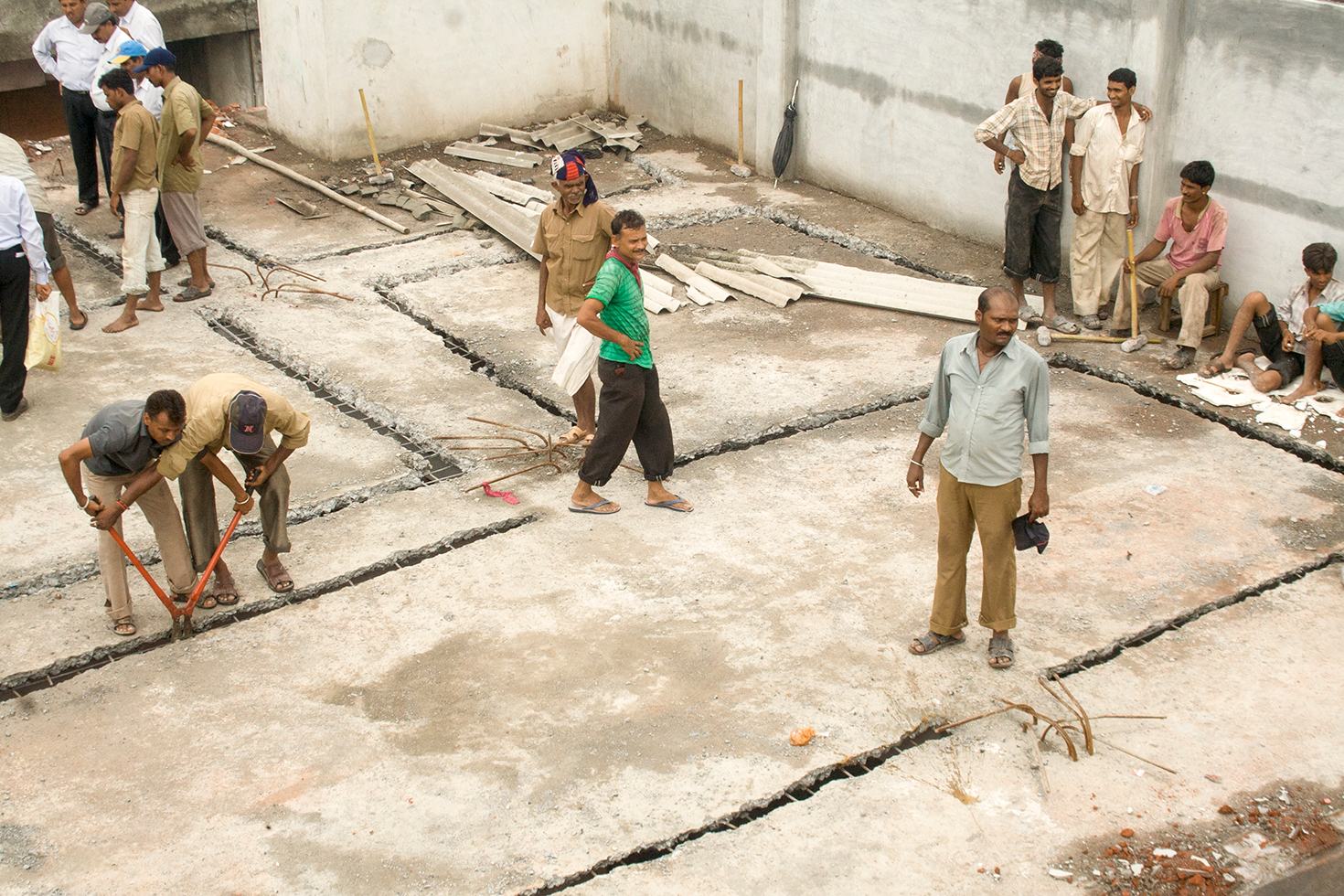
Affection, noun
It is the ability to observe and to identify with another’s situation or condition and to then care for it and protect it, in the hope to provide it with what it needs to be itself.